Introduction: More Than Just a pH Chart
In today’s wellness culture, “alkaline” has become a buzzword. Food charts are everywhere showing what’s acidic and what’s not — lemons, cucumbers, apples, spinach — often labeled as healthy, alkalizing choices.
But according to Dr. Sebi, the conversation around food goes far deeper than surface-level pH.
His African Bio-Mineral Balance wasn’t simply about eating alkaline-forming foods. It was about eating foods that are natural, energetic, mineral-rich, and electric — foods created by nature, not man.
So what happens when a food is alkaline but not on Dr. Sebi’s list? Or when a known hybrid — like apples or kale — is on the list?
Let’s unravel the truth behind the guide.
Dr. Sebi’s Standard: The Least Detrimental
Dr. Sebi was honest. The foods on the list are not perfect — they are the “least detrimental” in a compromised food system.
We no longer live in a world where wild, untampered foods are easy to find. Hybrids, GMOs, and seedless fruits dominate the shelves of supermarkets, shops, and grocers. So rather than chasing perfection, Dr. Sebi gave us a tool — a list of foods that are least harmful, help minimize mucus, and support electric balance in the body.
In that light, even a food that’s technically a hybrid (like kale or apple) may be listed — not because it’s ideal, but because it’s better than most available alternatives.
It’s Not Just About Alkalinity — It’s About Energy
While many foods test alkaline on a pH chart, Dr. Sebi was concerned with something deeper and subtler — the energetic and electrical properties of food.
A truly “electric” food:
- Grows in harmony with nature
- Contains a complete genetic structure (is not hybridized)
- Has seeds, indicating life force
- Is rich in natural minerals, not man-added nutrients
So even if a food like lemon appears alkaline-forming in the body, it may still be:
- A hybrid (man-made)
- Aggressively acidic before digestion
- Lacking in energetic resonance with the human body
This is why key limes (seeded) are on the list — but lemons are not.
Real-World Examples: Understanding the List in Practice
Let’s break down some of the foods on Dr. Sebi’s guide — and explore the nuance behind their inclusion or exclusion. Here are some examples:
| Food | Status | Notes |
|---|---|---|
| Cucumber (seeded) | ✅ Approved | Mild, hydrating, low-acid — but only in natural, seeded form |
| Cucumber (seedless) | ❌ Avoid | Hybridized, watery but low in electrical energy |
| Apple (seeded, organic) | ⚠️ Least detrimental | Included, but most varieties are hybrid — choose small, tart, heirloom apples |
| Lemon | ❌ Not Approved | Hybridized, aggressive on mucous membranes, lacks seeds and mineral integrity |
| Key Lime (seeded) | ✅ Approved | Wild, alkaline, high-mineral — Dr. Sebi’s preferred citrus in addition to Seville orange |
| Kale | ⚠️ Approved | Hybrid of wild cabbage — included as a lesser evil, but better to choose dandelion greens or amaranth |
| Banana (Burro/small) | ✅ Approved | True species, lower sugar, denser — not the common supermarket banana |
| Banana (Cavendish) | ❌ Not Approved | Highly hybridized, low iron, high sugar, acid-forming |
| Grapes (seeded) | ✅ Approved | Electric and iron-rich, especially black or Concord varieties |
| Grapes (seedless) | ❌ Not Approved | Sterile, hybridized, lacking life force |
Why Hybrids Are Problematic in Sebi’s System
Hybrid foods are man-made crosses — not created by nature, but by agricultural science. Dr. Sebi noted that hybrids:
- Have incomplete genetic structures
- Do not resonate with the electrical makeup of the human body
- Are more likely to cause mucus, inflammation, and cellular confusion
Yet, in some cases — like kale, or certain seeded apples — he made concessions based on what was accessible and less harmful than heavily processed or acidic options.
A Snapshot of Dr. Sebi’s List: What It Teaches
The approved food list teaches us to:
- Prioritize seeded, wild, or heirloom varieties
- Choose foods that support the nervous, lymphatic, and digestive systems
- Avoid foods that are dead, sterile, man-made, or heavily hybridized
Dr. Sebi’s list includes:
- Vegetables like dandelion greens, purslane, amaranth, chayote, and okra
- Fruits like seeded grapes, sour oranges (Seville), prickly pear, and soursop
- Cleansing herbs and sea vegetables like Irish moss and bladderwrack
It’s not a list of ideal foods — it’s a map through the toxic food maze most people live in.
What About Vegetables Like Lettuce, Mushrooms, and Squash?
- Lettuce: All types are allowed except iceberg, which is nutritionally poor and hybridized. Romaine, butter, and red leaf are better.
- Mushrooms: All except shiitake. Likely excluded due to cultivation practices or hybridization. Wild or organic mushrooms are best.
- Squash and Zucchini: Choose heirloom varieties with seeds. Avoid seedless or GMO squash.
The Principle Stands: Go Toward Nature, Not Away from It
Dr. Sebi’s list isn’t perfect — and he admitted that. But in a world where real food is disappearing, he provided us a compass to navigate the chaos.
The key takeaway?
Even among “alkaline” foods, not all are equal — and not all are electrical.
Dr. Sebi’s guide helps us minimize harm and maximize vitality in a compromised system.
Conclusion: Let the Energy Guide You
In a world obsessed with surface-level nutrition — calorie counts, pH charts, and food pyramids — Dr. Sebi offered something ancient and vital:
- It’s not just what you eat. It’s what that food does to your energy.
- So while a food may test “alkaline,” it might still be dead, hybridized, or sterile. Likewise, a food that’s not ideal could still be the least harmful option in a toxic food supply.
The deeper lesson? Strive toward nature. Toward life. Toward the electric, the seeded, and the mineral-rich. That’s where the healing begins.




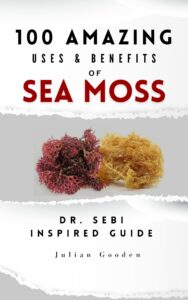
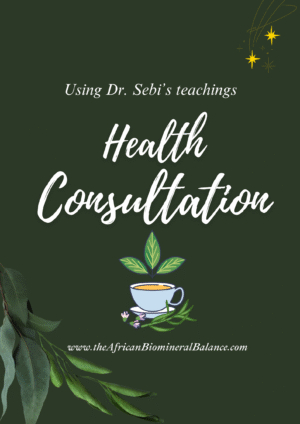
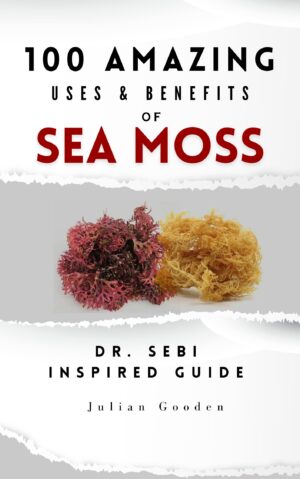
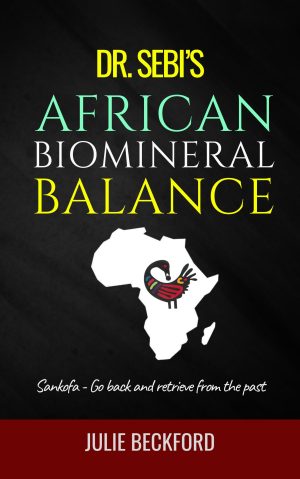
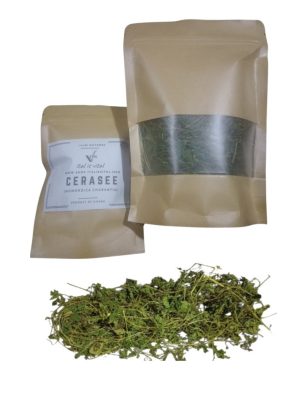
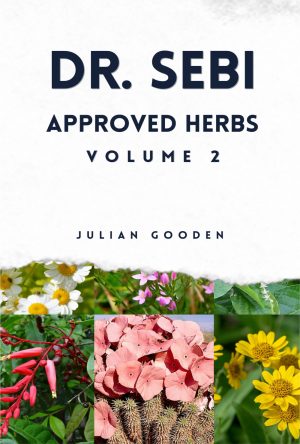
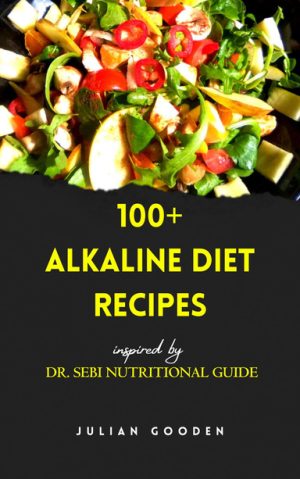
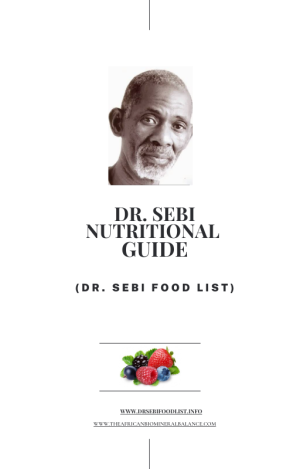
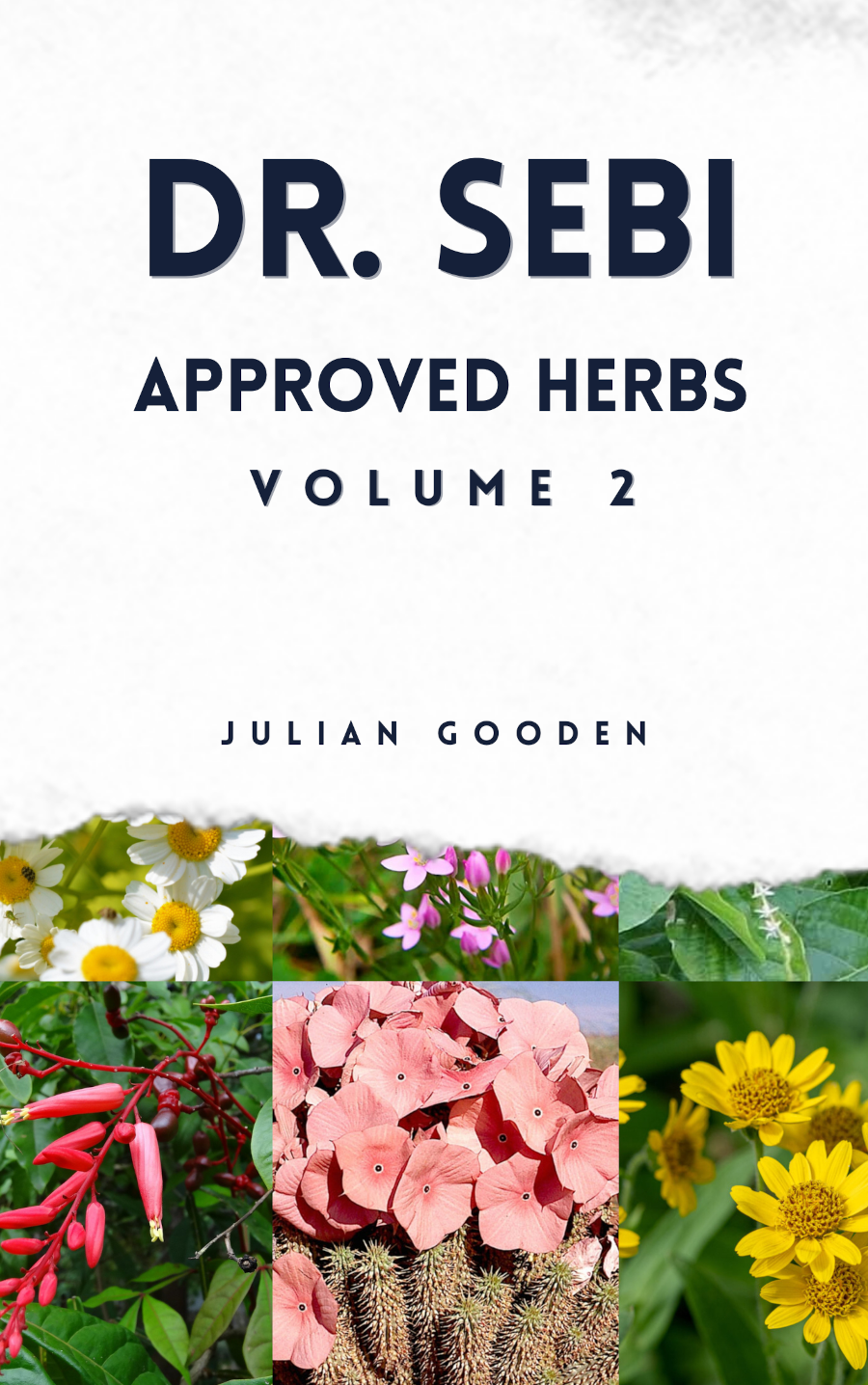
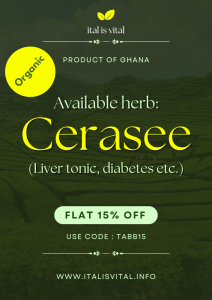

1 thought on ““Alkaline But Not Approved?” Misunderstandings About Dr. Sebi’s Nutritional Guide”
Comments are closed.